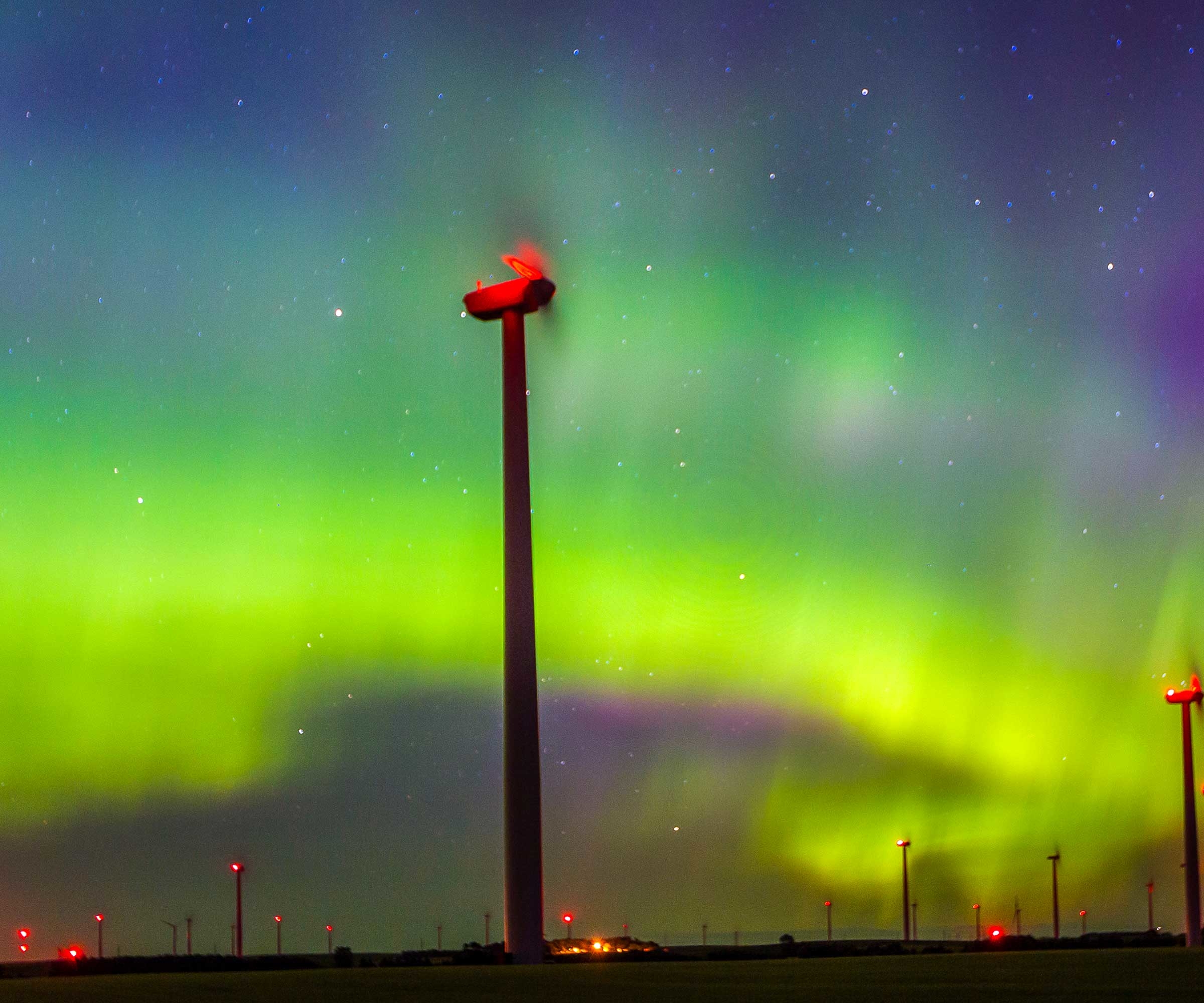__Energy
Energy transition: Funding net zero
A large-scale challenge demands a large-scale response
In 2020, the energy industry weathered steep declines in global demand due to COVID-19 and unprecedented price volatility that saw oil prices briefly fall below US$0 per barrel. These challenges led to significant financial losses, write-downs and industry-wide restructurings. This coincided with increased pressure from regulators, investors and the public to address the carbon emissions status quo and accelerate energy transition.
For the first time, many energy industry participants made long-term commitments to reduce carbon emissions with the goal of achieving net zero—the point at which the amount of greenhouse gas produced equals the amount removed from the world’s atmosphere. Estimates of the transition’s cost vary depending on the target date and region, but a recent Energy Transitions Commission report puts the global cost of reaching net zero by 2050 at approximately US$2 trillion a year.
Achieving net zero will require investment in new technologies and business models, coalitions of industry players, and clear government policies to incentivize both carbon producers and energy consumers. Incumbent energy companies, many of which are heavily dependent on the hydrocarbon economy, will have to pivot to provide lower-carbon energy while maintaining profitability and offering shareholder returns.
Financial institutions are assessing where to place capital and making judgment calls amid uncertainty as to the risks inherent in developing technologies. Governments, meanwhile, have made long-term carbon reduction pledges but must support these goals with substance to help companies, funds and asset managers make informed decisions.
There is a fast-growing pool of energy transition technologies—each at a different developmental stage. The more nascent technologies will require government backing, much as offshore wind did. Emerging areas of opportunity include renewable energy, battery storage, hydrogen, carbon capture, utilization and storage, biofuels, methane detection and monitoring techniques, and energy efficiency technologies.
To reach net zero, it will be critical to better understand these newer technologies and to kickstart the process of rolling them out on a larger scale. Grappling with newer technologies and risk is customary for energy companies, which are likely to embrace this challenge.
This excerpt is based on Energy Transition: Funding Net-zero, which was part of our Windows of Opportunity webinar series.






